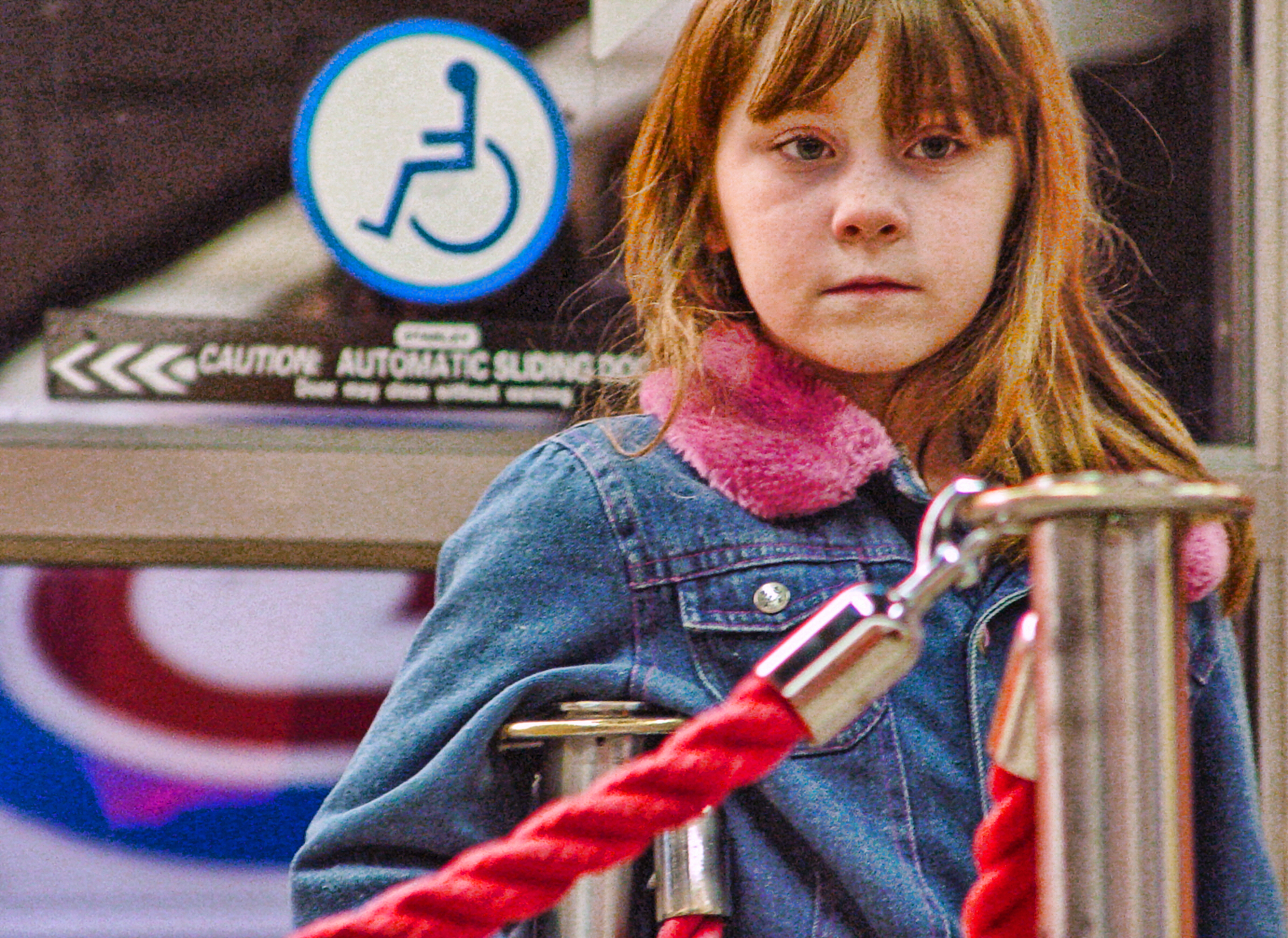Mary Akers: We were so happy to have your story “The Haircut” for this issue of r.kv.r.y. One of the things that struck me was the ending. It can be tricky withholding information from the reader, but it worked really well in this story. Could you talk a little bit about why you chose to hold that information to the end and how you made it work?
Cezarija Abartis: I’m surprised about the question: you’re right, of course, but I’ve read my story a hundred times in the course of revising it, so it doesn’t seem surprising to me. I just checked, and the ending was there in the first draft, though flat, undeveloped, and unbelievable in the last three paragraphs:
“Oh, I’m sorry. I didn’t mean to pry.”
“My daughter. She died. A car accident.” He poured out Miranda’s whole life, her aspirations and virtues. He cried. He wiped his eyes with his handkerchief.
She watched quietly and understood.
Yuck. What I inserted in subsequent drafts was the father’s hidden, awkward grief. I guess I was stumbling toward a plausible surprise. I think what I worked toward in the many drafts was the reader’s investment in the characters: I wanted the reader to like the middle-aged customer and the young and artistic but not always understanding beautician. They talk at cross purposes sometimes, so the reader senses their inability to communicate.
Really, we tell secrets to each other in literature and painting. We writers want people to understand what is in our heads and hearts, but not completely. In “The Haircut,” the main character wants to tell his secret and also not tell it, not admit that his daughter is dead. There’s probably an element of disguise and masking, of not telling in all art (and life) as well, of apparently telling one story while actually telling another.
Besides the formal concerns there is a thematic inspiration. I remember sitting in a graduate seminar on Chaucer with the writer John Gardner as he showed us the meaning of The Book of the Duchess, in which the apparently thick-headed narrator probes the grief of the Knight, so that the Knight will reveal his sorrow and the narrator will extend his human compassion. John Gardner’s explanation of our attempts to allay each other’s pain by communication has stayed with me all these years.
MA: “Stumbling toward a plausible surprise.” I like that. What about working in the short form appeals to you?
CA: Oh my goodness, I’m so glad I discovered flash a couple years ago! I’ve been working on novels for years and they seem endless. I’m climbing a mountain I cannot see around. When I write a flash, I remind myself that I can finish a piece, I can structure it, I can discover its theme.

MA: About your short story collection, Nice Girls and Other Stories, Margot Livesey wrote, “”I admire the range and depth of her characterization and the often surprising twists with which these stories unfold. An exhilarating debut.” What do you like about “surprising twists”? Do you also like them as a reader?
CA: Margot Livesey is such a generous teacher and wonderful writer–I have to get that in. As for surprise endings, I don’t like them. A story should not be a contest or puzzle to fool the reader. David Mamet cites Aristotle in explaining that the plot should be surprising yet inevitable, and that this is hard to achieve. The descriptive details and the characters too should be surprising yet inevitable. I think what Aristotle and Mamet mean is that plot, character, details should avoid the predictable and the cliched. Judith Thurman, in her biography of Isak Dinesen, compares storytelling with making an exquisite consomme: “The recipe calls for you to keep the spirit but to discard the substance of your rough ingredients: eggshells and raw bones, root vegetables and red meat. You then submit them, like a storyteller, to ‘fire and patience.’ And the clarity comes at the end, a magic trick” (186). I like that notion of “fire and patience,” the passion and humility that are required of the author.

MA: I’m often surprised to learn that an illustration will have a special meaning for the author. Was there anything about Jenn Rhubright’s illustration that especially spoke to you?
CA: It’s a brilliant design: the child is not perfectly beautiful, but human and real and therefore even more beautiful. She seems determined, alert, pensive, patient, curious–the child any parent would want. I love the door and the symbol in the background. The small circle echoes the circle of her face. And there are all these boundaries: the ropes and hooks and doors.
MA: What does “recovery” mean to you?
CA: Regaining health but also carrying the wound always, covering it over perhaps and recovering it. I hope that doesn’t sound too grim.
MA: Thank you, Cezarija, for speaking with us. I enjoyed your answers. And for our readers, here are some link to more of Cezarija’s fine work:
“Lovers” at Wignleaf
“The Writer” at Waccamaw
“Dawn” at Brain Harvest
“The Testimony of the Dead” at Annalemma
“Hubris. Halcyon. Guacamole” at Prime Number

Pingback: “The Haircut” by Cezarija Abartis | Rkvry Quarterly Literary Journal